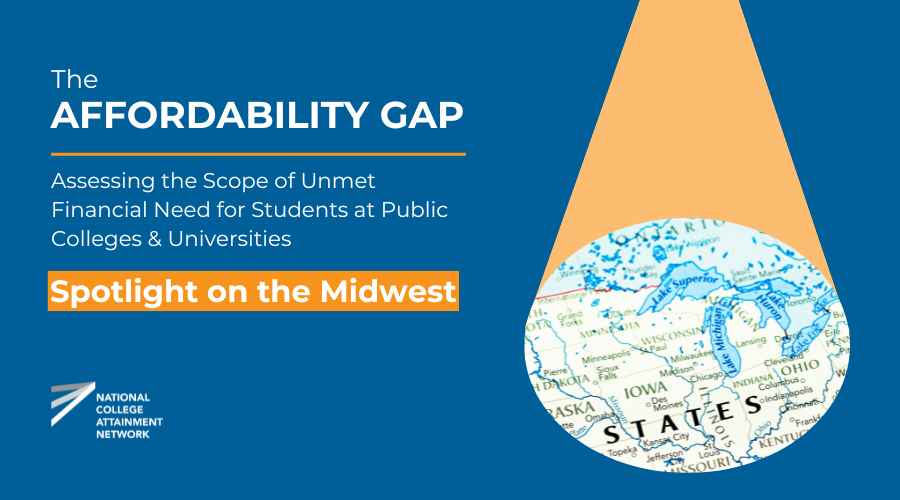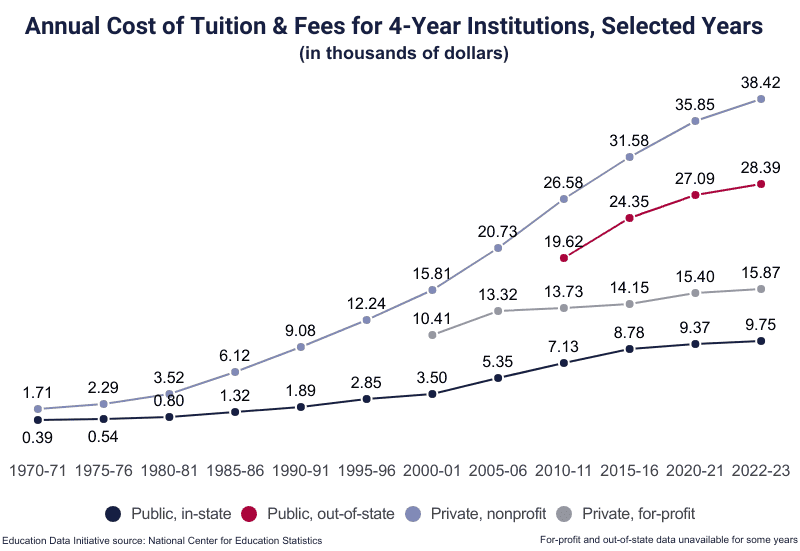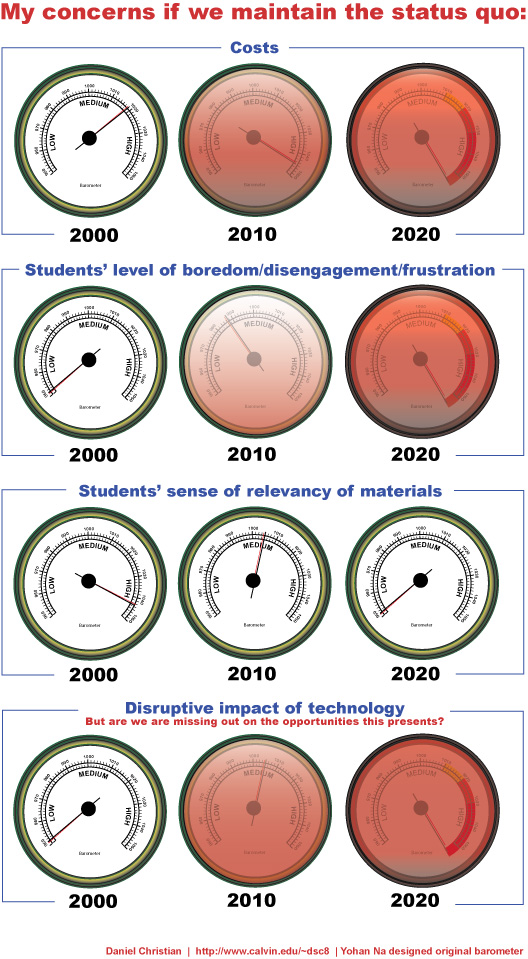Net tuition rises at colleges, but costs are far below their peaks — from highereddive.com by Ben Unglesbee
The prices students and their families paid after aid at four-year public colleges and private nonprofits ticked up in 2025-26, per College Board estimates.
Dive Brief:
- The average tuition and fees paid by students and their families after aid rose slightly for the 2025-26 academic year but remain well below historic peaks, according to the latest higher education pricing study from the College Board.
- At public four-year colleges, net tuition and fees for first-time, full-time students increased just 1.3% to $2,300 from last year, when adjusted for inflation, according to the College Board’s estimates. That figure is down 48.3% from the peak in 2012-2013.
- At private nonprofits, net tuition and fees for first-time, full-time students rose 3.7% annually to $16,910 in the 2025-26 year, when adjusted for inflation. By comparison, that’s down 14.6% from the peak for private colleges in 2006-07.
Class of 2025 says they see the effects of a tough job market — from hrdive.com by Kathryn Moody
Young workers have been particularly exposed to the changes brought by artificial intelligence tools, some research has indicated.
The Class of 2025 faced a particularly tough job market, searching for jobs earlier, submitting more applications — averaging 10 applications to the Class of 2024’s six — and receiving fewer offers on average, a National Association of Colleges and Employers study said in a recent report, in partnership with Indeed.
Graduates were more likely to accept those offers, however, even amid uncertainty; 86.7% of those offered a job had accepted in 2025, compared to 81.2% of 2024 graduates.
“Compared to earlier classes, they were more likely to say they were unsure about their plans, and more were planning to enter the military, suggesting they were unsure about private-sector employment,” NACE said in an Oct. 30 announcement regarding the report.
An addendum from DSC:
While we’re talking the workplace, careers, jobs, and such involving higher education, also see:
Careers in Educational Development with Leslie Cramblet Alvarez and Chris Hakala — from intentionalteaching.buzzsprout.com by Derek Bruff
On the show today I talk with Leslie Cramblet Alvarez and Chris Hakala, authors of the new book Understanding Educational Developers: Tales from the Center from Routledge Press. The book blends scholarship and personal narratives to explore the career trajectories of the professionals who work at CTLs (Centers for Teaching & Learning). How do academics move into these careers? And what can these careers look like over time?
Leslie Cramblet Alvarez is assistant vice provost and director of the Office of Teaching and Learning at the University of Denver. Chris Hakala is director for the Center for Excellence in Teaching, Learning, and Scholarship and professor of psychology at Springfield College.
I wanted to talk with Chris and Leslie about what they discovered while writing their book. I also wanted to know what advice they had for navigating educational development careers here in the U.S. in 2025, with higher education under attack from the federal government, a looming demographic cliff affecting enrollment and tuition, and a budget situation that for more institutions is not rosy. Leslie and Chris offer advice for faculty considering a move into a faculty development role, as well as for those of us current working at CTLs trying to plan our careers.













